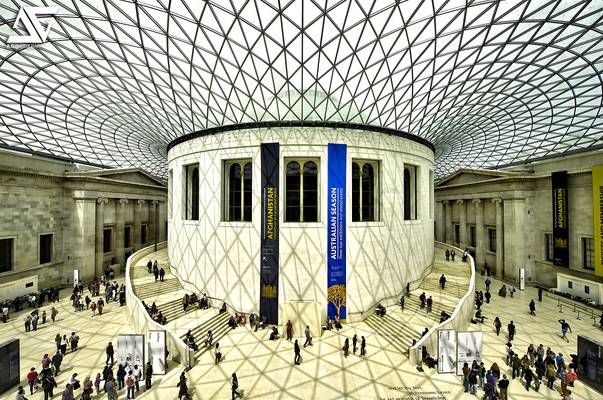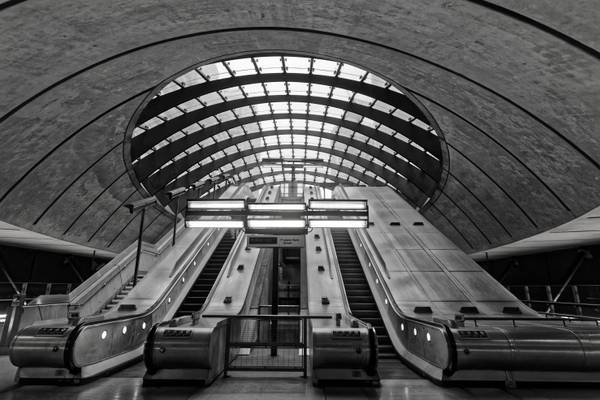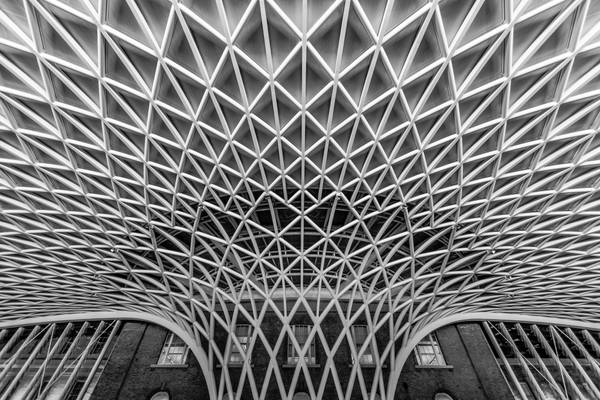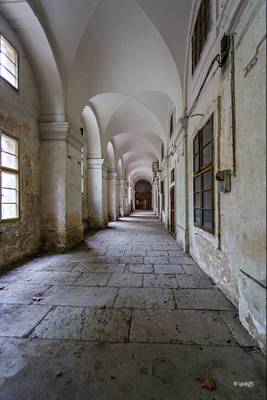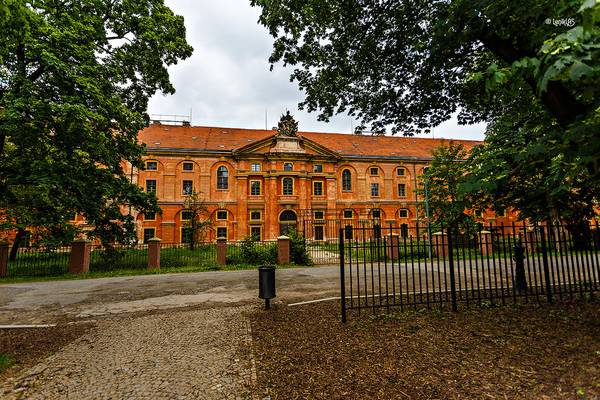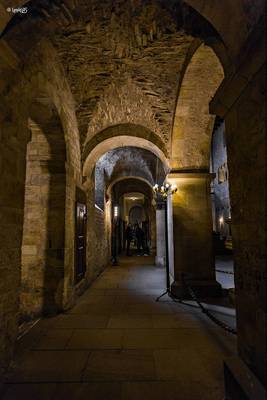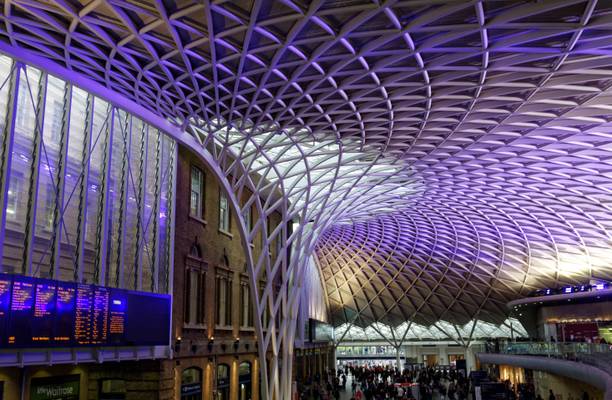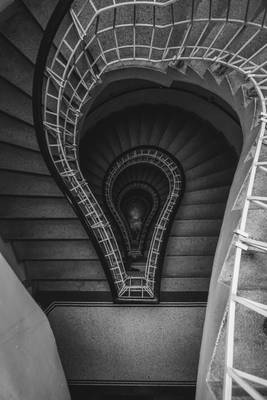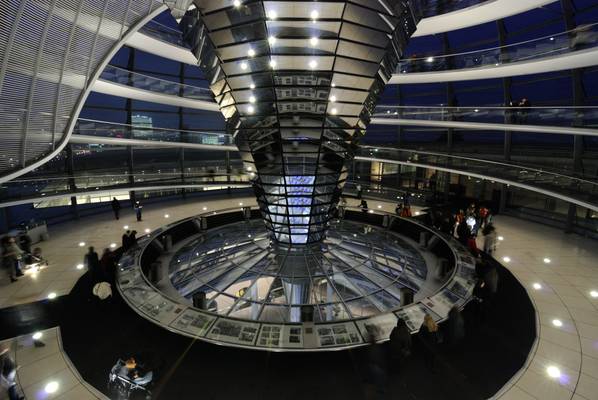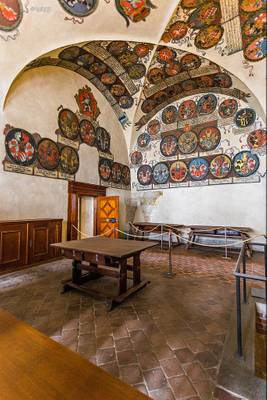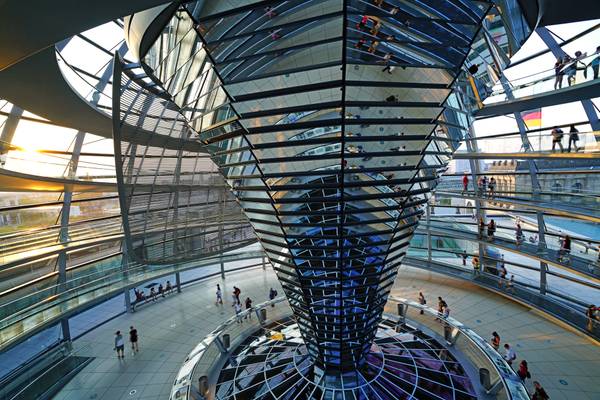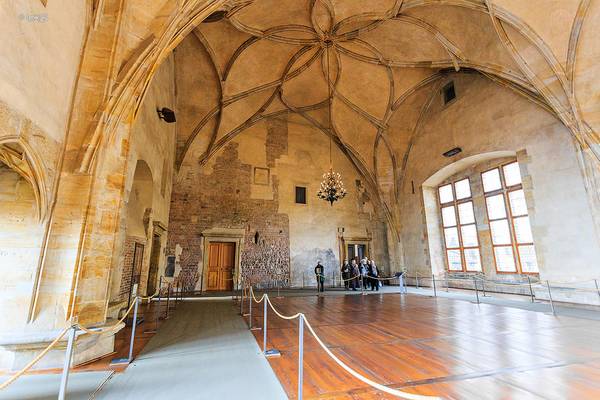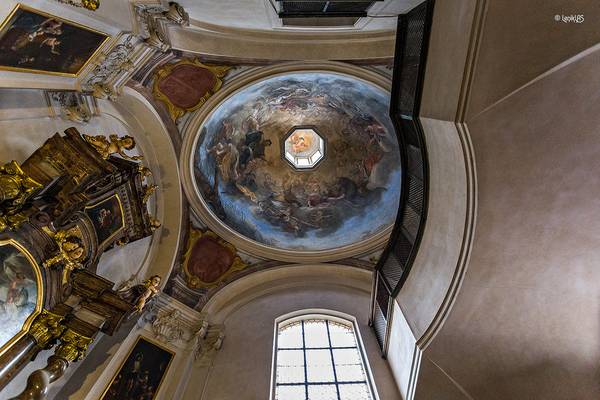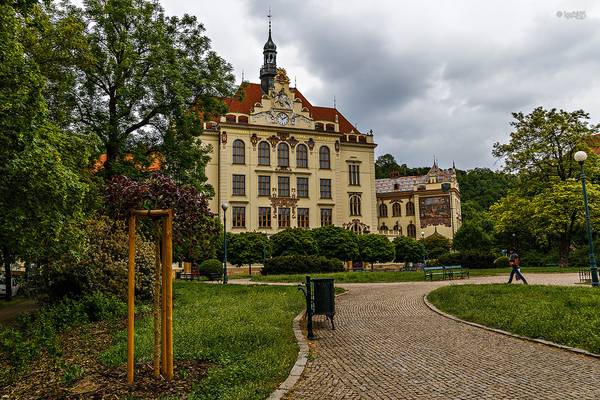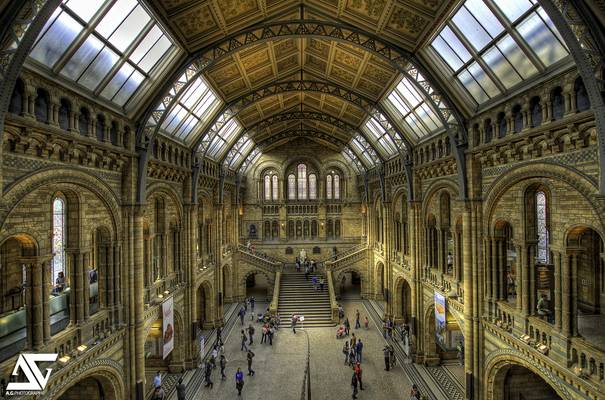
indoor
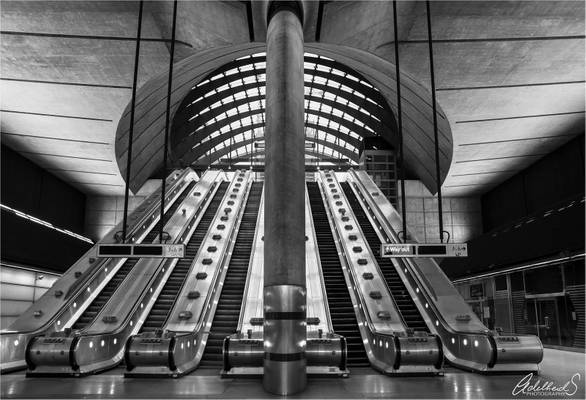
by Adelheid Smitt
Something very different this time. I like modern architecture, especially when it comes to symmetry and geometric lines. This is one of the exits of the Canary Wharf underground station. Most people seem to prefer photographing the other one, but I liked this one as it has more escalators. It is one of London's busiest stations, but not so on Easter Sunday afternoon. Unfortunately tripods are not allowed here, so this needs to be done with a steady hand and higher ISO. But I personally like the result and posting something different to my usual images.
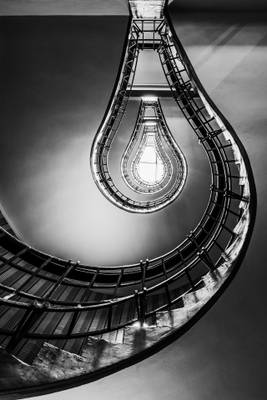
by Hilde Jüngst
The Lightbulb Staircase of Grand Cafe Orient in the House of the Black Madonna is one of Prague’s hidden gems. Designed by architect Josef Gočár in 1911, the building is the only surviving Cubist interior in the world.
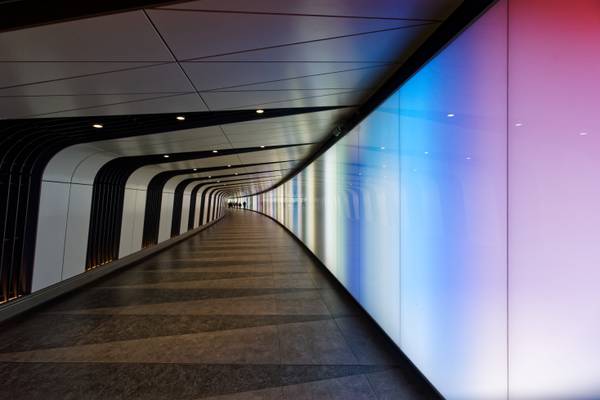
by jim stephenw
The subway tunnel is a newly built 90m long pedestrian tunnel at King’s Cross. The beautifully designed tunnel links the two arterial transport hubs – St Pancras International and King’s Cross Underground stations – to the new public spaces, restaurants, offices and homes at King’s Cross. The gently curving underground tunnel features an ‘art wall’ made from LED lights, which will be used to showcase artistic commissions. The art light wall was designed by Spiers & Major and built by The Light Lab. Running the length of the tunnel the light wall contains 190 controllable vertical pixels set behind 12mm toughened glass.
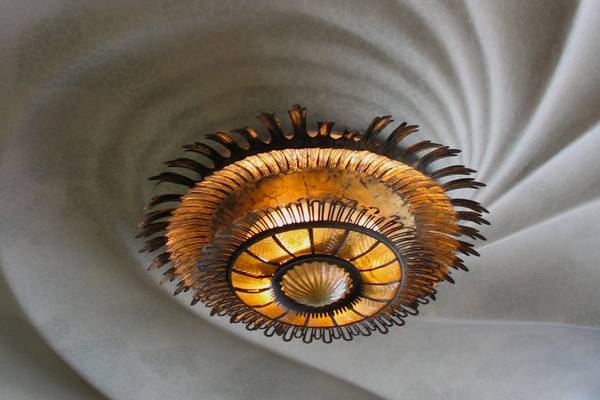
by Rob Oo
Casa Batlló Barcelona
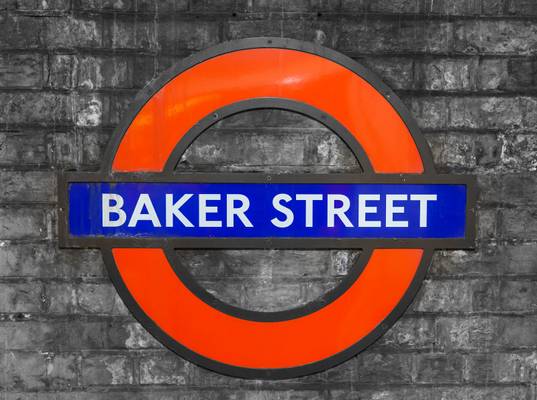
by Frank Voigtländer
2019.05 London-295
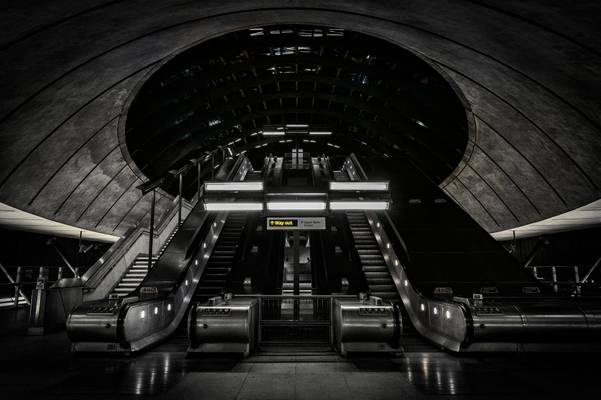
by Clive Griffiths
It's not every day you see a set of escalators or a tube station entrance quite as eye-catching as Canary Wharf. When it is 2.30am on a Saturday morning, it becomes even more so, as there are no people about to distract you from the extraordinary architecture. Just as with New Street station, I couldn't resist B&W treatment with a dash of selective colour - as inspired by fellow Flickrite Mark Waidson.
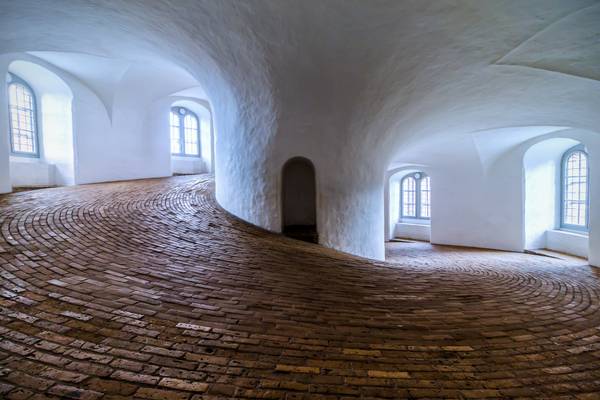
by Salvatore Petrantoni
A classic view of one of the best spiral structure that we can visit in Copenhagen.

by Salvatore Petrantoni
Il palazzo del Reichstag di Berlino fu costruito come sede per le riunioni del Reichstag, il parlamento del Reich tedesco. Fu inaugurato nel 1894 e pesantemente rovinato dai bombardamenti della seconda querra mondiale, tornò ad essere la sede del parlamento tedesco nel 1999. La cupola di vetro che serve anche come "lanterna" che illumina con luce naturale il parlamento ad essa sottostante è un'istallazione moderna risalente al 1992 grazie all'opera di sir Norman Foster. La cupola offre ai suoi numerosi visitatori una straordinaria vista sulla città dettagliatamente descritta dall'ottima guida che viene rilasciata ai visitatori. La visita alla cupola è possibile solo su prenotazione su internet (prenotare parecchie settimane prima) oppure attraverso l'ufficio prenotazioni poco distante dal'ingresso dell'edificio.
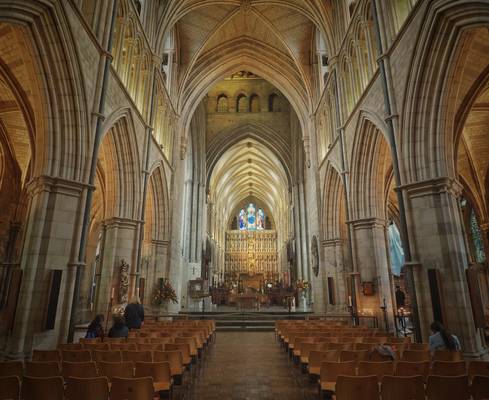
by Ștefan Jurcă
London, United Kingdom

by Walter Maurer
Courtyard of the British Museum in London. Panorama out of 4x3 vertical shots, handheld with the Fuji X100F. Worked on this for a while to bring out some of the fine contrasts in the white stone.
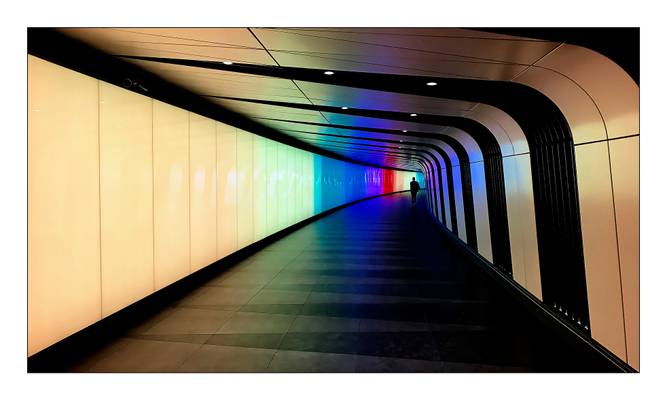
by Jean-Louis Dumas
Un moment de solitude dans un couloir de la gare de St-Pancras à Londres....
Instagram: www.instagram.com/jl.dumas 500Px: 500px.com/jldum
Architecture: www.flickr.com/photos/jldum/albums/72157669768177122 Album London: www.flickr.com/photos/jldum/albums/72157705986822055
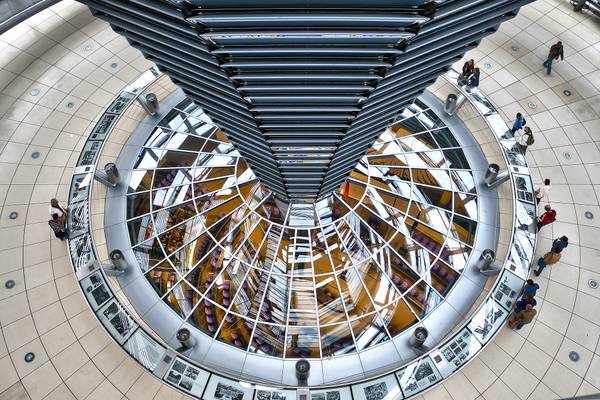
by Salvatore Petrantoni
Il palazzo del Reichstag di Berlino fu costruito come sede per le riunioni del Reichstag, il parlamento del Reich tedesco. Fu inaugurato nel 1894 e pesantemente rovinato dai bombardamenti della seconda guerra mondiale, tornò ad essere la sede del parlamento tedesco nel 1999. La cupola di vetro che serve anche come "lanterna" che illumina con luce naturale il parlamento ad essa sottostante è un'istallazione moderna risalente al 1992 grazie all'opera di sir Norman Foster. La cupola offre ai suoi numerosi visitatori una straordinaria vista sulla città dettagliatamente descritta dall'ottima guida che viene rilasciata ai visitatori. La visita alla cupola è possibile solo su prenotazione su internet (prenotare parecchie settimane prima) oppure attraverso l'ufficio prenotazioni poco distante dal'ingresso dell'edificio.
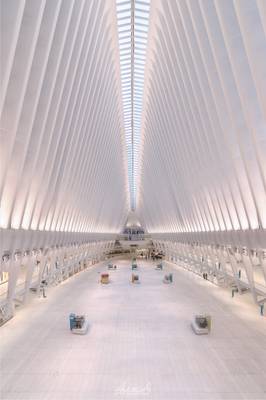
by Adelheid Smitt
Early Sunday morning at the Oculus transport hub in New York, before the crowds appear. This beautiful building, designed by the famous Santiago Calatrava, is located in the area of the former Twin Towers.
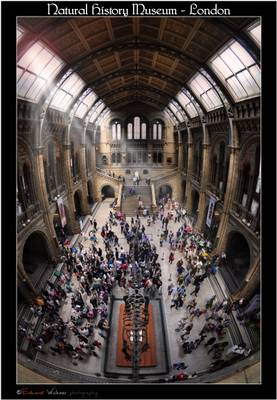
by Eduard Wichner
The Natural History Museum in London is a museum exhibiting a vast range of specimens from various segments of natural history. It is one of three large museums on Exhibition Road in South Kensington, the others being the Science Museum and the Victoria and Albert Museum. The Natural History Museum's main frontage, however, is on Cromwell Road.
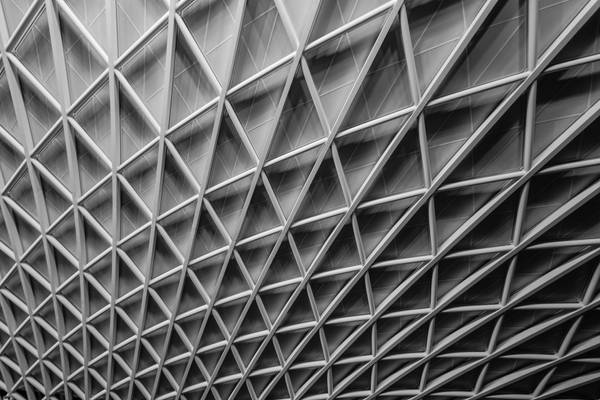
by Christian Barret
Abstraction
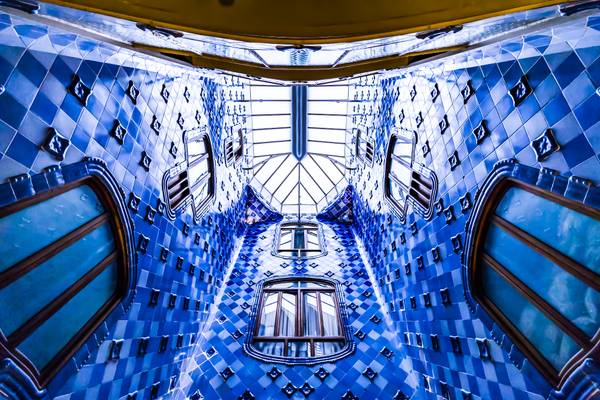
by Salvatore Petrantoni
Il cortile interno di Casa Batlò è una vera esplosione di blu splendidamente illuminata da una vetrata protettiva nella parte alta...un cavedio elegante e funzionale.
La Casa Batlló (in catalano [bəʎ'ʎo, bəd'ʎo]) è un'opera del celebre architetto Antoni Gaudí che sorge a Barcellona, in Spagna al civico 43 del Passeig de Gràcia. Considerata una delle sue creazioni più originali, l'edificio è stato dichiarato, nel 2005, patrimonio dell'umanità dell'UNESCO.
Nel 1904 Batllò, altolocato industriale del settore tessile, affidò a Gaudi l'incarico di rimettere a nuovo un modesto palazzo acquistato l'anno precedente sul Passeig de Shehar, l'arteria principale del quartiere modernista dell'Eixample, zona eletta dalla borghesia catalana dell'epoca quale sede dei propri spettacolari palazzi. La costruzione originale era uno spazio molto stretto e allungato e dalla forma rettangolare, che rappresentava sicuramente una sfida per l'architetto catalano.
Il lavoro di Gaudi, completato nel 1907, modificò notevolmente l'aspetto dell'edificio, rivoluzionando la facciata principale, ampliando il cortile centrale ed elevando due piani inesistenti nella costruzione originale. Al piano terreno sorgevano le scuderie, destinate successivamente a magazzini, e l'androne comune. Il primo piano del palazzo, il cosiddetto piano nobile, fu destinato ad abitazione della famiglia Batlló mentre negli altri quattro piani furono ricavati otto appartamenti destinati all'affitto.
Fonte: Wikipedia
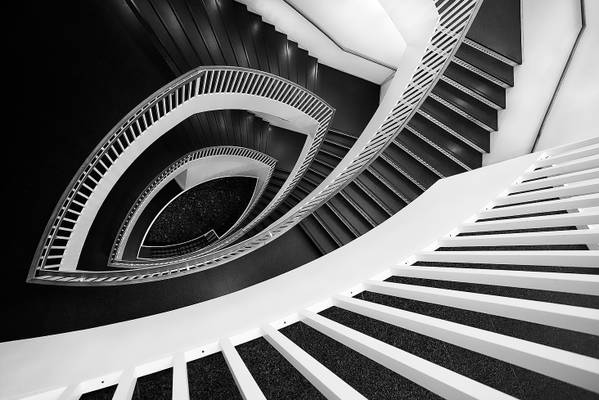
by Nenad Spasojevic
“To me, photography is an art of observation. It’s about finding something interesting in an ordinary place… I’ve found it has little to do with the things you see and everything to do with the way you see them.”

by Salvatore Petrantoni
Semplici geometrie in un palazzo anonimo possono dar luogo a nuove prospettive e a scatti da ricordare....

by Lenis Las
císařský salonek
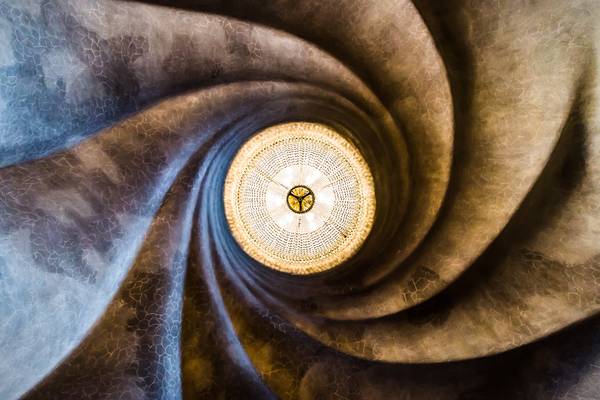
by Salvatore Petrantoni
Il lampadario di una delle stanze principale della casa più famosa di Barcellona, merita una visita. La Casa Batlló (in catalano [bəʎ'ʎo, bəd'ʎo]) è un'opera del celebre architetto Antoni Gaudí che sorge a Barcellona, in Spagna al civico 43 del Passeig de Gràcia. Considerata una delle sue creazioni più originali, l'edificio è stato dichiarato, nel 2005, patrimonio dell'umanità dell'UNESCO.
Nel 1904 Batllò, altolocato industriale del settore tessile, affidò a Gaudi l'incarico di rimettere a nuovo un modesto palazzo acquistato l'anno precedente sul Passeig de Shehar, l'arteria principale del quartiere modernista dell'Eixample, zona eletta dalla borghesia catalana dell'epoca quale sede dei propri spettacolari palazzi. La costruzione originale era uno spazio molto stretto e allungato e dalla forma rettangolare, che rappresentava sicuramente una sfida per l'architetto catalano.
Il lavoro di Gaudi, completato nel 1907, modificò notevolmente l'aspetto dell'edificio, rivoluzionando la facciata principale, ampliando il cortile centrale ed elevando due piani inesistenti nella costruzione originale. Al piano terreno sorgevano le scuderie, destinate successivamente a magazzini, e l'androne comune. Il primo piano del palazzo, il cosiddetto piano nobile, fu destinato ad abitazione della famiglia Batlló mentre negli altri quattro piani furono ricavati otto appartamenti destinati all'affitto.
Fonte: Wikipedia
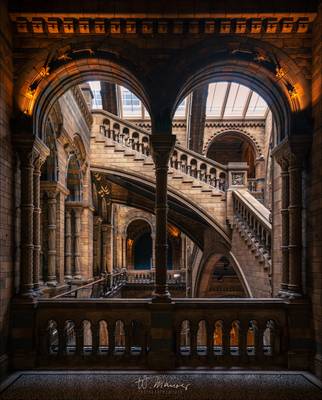
by Walter Maurer
Imposing architecture in the Natural History Museum London. Indeed it was not as empty as it seems on this picture. I spent some time on it in postproduction to get rid of a guy on the stairs and a green sign in the very middle, showing the way to an emergency exit. But cleaned up this way it looks much better.
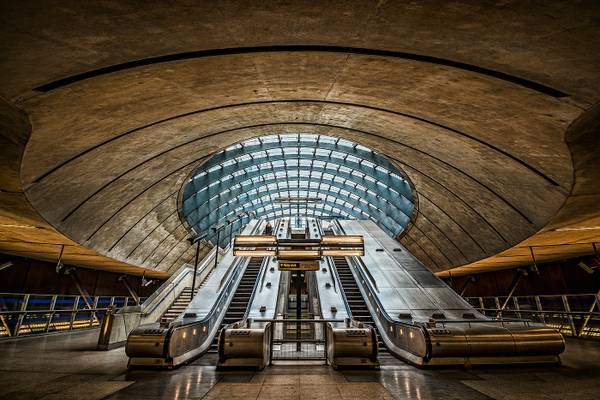
by Pete Rowbottom
Canary Wharf, one of the largest business places in the world, banking, million pound / dollar transactions, high fliers, and all I'm interested in is images of the architechture.... I think I know what side of the fence I'd rather be on.. anyway, a second attempt at this location, after my wide angle failed last time with a loose mounting plate screw (how???) I didn't spot until later in the day causing autofocus failure and light leaks, once the issue was found it was sorted with a simple matter of an opticians screwdriver (which now stays in my camera bag permanently), So, a different day and a functioning lens...needed to return to get what I'd wanted in the first place, Canary Wharf is a funny old place, not somewhere I'd usually rate as a destination but I do like it for shooting and I've a bit of a London thing going on at the moment, amidst the seemingly never ending concrete constructions of London there is still beauty to be found, challenging lighting issues and the incessant passengers make it all the more fun to try and grab something here, handheld, no tripod, no HDR. Can concrete be beautiful...? Interspersed with a bit of shiny metal.... Maybe.
You can view my most interesting shots on Flickriver here: www.flickriver.com/photos/pete37038/popular-interesting/.
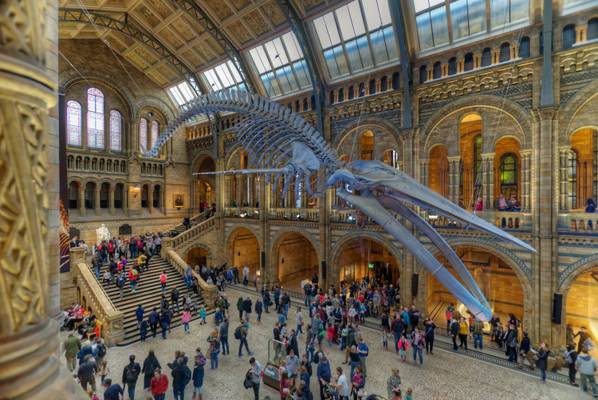
by jim stephenw
5 exposures at -1.3EV, -0.7EV, 0EV, +0.7EV and +1.3EV tonemapped using Photomatix Pro then edited using DxO Photolab. The Natural History Museum in London is a natural history museum that exhibits a vast range of specimens from various segments of natural history. The museum is home to life and earth science specimens comprising some 80 million items within five main collections: botany, entomology, mineralogy, palaeontology and zoology. The museum is a centre of research specialising in taxonomy, identification and conservation. Given the age of the institution, many of the collections have great historical as well as scientific value, such as specimens collected by Charles Darwin. The museum is particularly famous for its exhibition of dinosaur skeletons and ornate architecture—sometimes dubbed a cathedral of nature—both exemplified by the large Diplodocus cast that dominated the vaulted central hall before it was replaced in 2017 with the skeleton of a blue whale hanging from the ceiling.
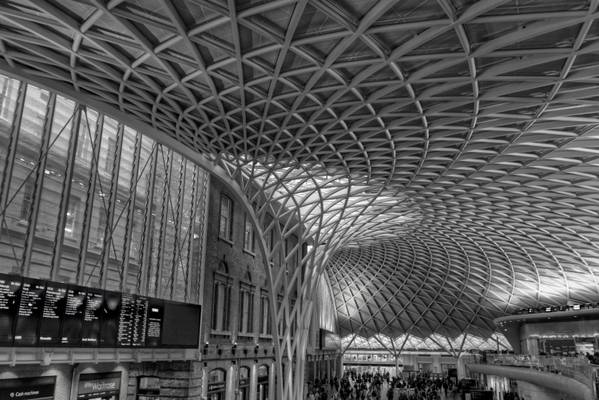
by jim stephenw
5 exposures at -1.3EV, -0.7EV, 0EV, +0.7EV and +1.3EV tonemapped using Photomatix Pro then edited using DxO Photolab.
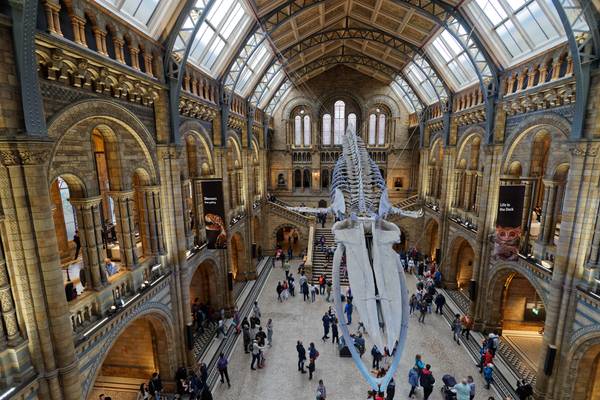
by jim stephenw
The Natural History Museum in London is a natural history museum that exhibits a vast range of specimens from various segments of natural history. The museum is home to life and earth science specimens comprising some 80 million items within five main collections: botany, entomology, mineralogy, palaeontology and zoology. The museum is a centre of research specialising in taxonomy, identification and conservation. Given the age of the institution, many of the collections have great historical as well as scientific value, such as specimens collected by Charles Darwin. The museum is particularly famous for its exhibition of dinosaur skeletons and ornate architecture—sometimes dubbed a cathedral of nature—both exemplified by the large Diplodocus cast that dominated the vaulted central hall before it was replaced in 2017 with the skeleton of a blue whale hanging from the ceiling.
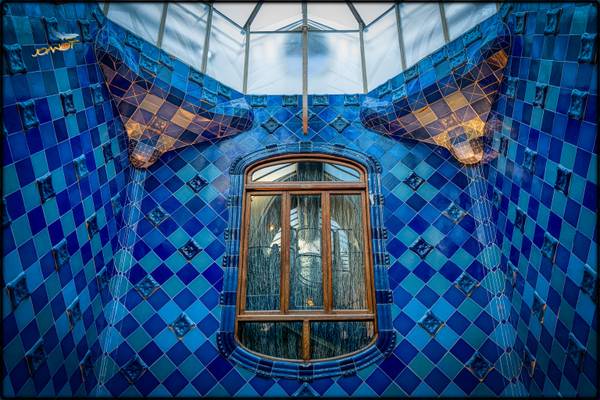
by Joanot Bellver
Casa Batlló (Barcelona) Catalunya ////
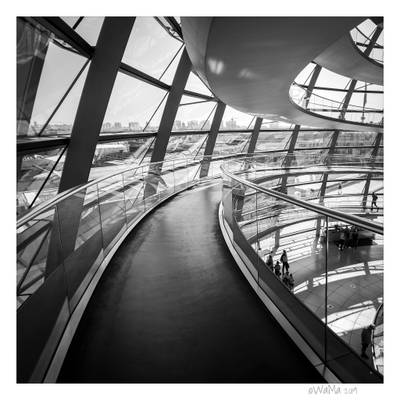
by Walter Maurer
Detail from the Reichstags building in Berlin. Tried to find some dynamic lines.
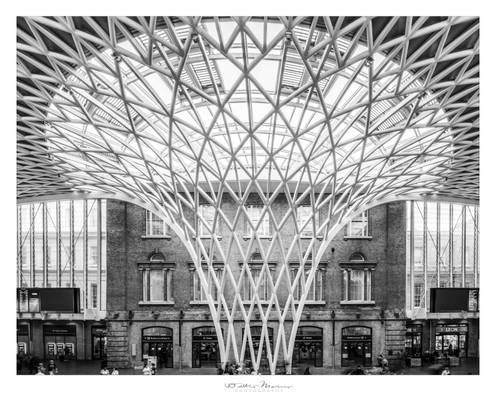
by Walter Maurer
It did not take long before they chased me away with my tripod. But I had a few shots in the box. 😄

by Salvatore Petrantoni
Il cortile interno di Casa Batlò è una vera esplosione di blu splendidamente illuminata da una vetrata protettiva nella parte alta...un cavedio elegante e funzionale.
La Casa Batlló (in catalano [bəʎ'ʎo, bəd'ʎo]) è un'opera del celebre architetto Antoni Gaudí che sorge a Barcellona, in Spagna al civico 43 del Passeig de Gràcia. Considerata una delle sue creazioni più originali, l'edificio è stato dichiarato, nel 2005, patrimonio dell'umanità dell'UNESCO.
Nel 1904 Batllò, altolocato industriale del settore tessile, affidò a Gaudi l'incarico di rimettere a nuovo un modesto palazzo acquistato l'anno precedente sul Passeig de Shehar, l'arteria principale del quartiere modernista dell'Eixample, zona eletta dalla borghesia catalana dell'epoca quale sede dei propri spettacolari palazzi. La costruzione originale era uno spazio molto stretto e allungato e dalla forma rettangolare, che rappresentava sicuramente una sfida per l'architetto catalano.
Il lavoro di Gaudi, completato nel 1907, modificò notevolmente l'aspetto dell'edificio, rivoluzionando la facciata principale, ampliando il cortile centrale ed elevando due piani inesistenti nella costruzione originale. Al piano terreno sorgevano le scuderie, destinate successivamente a magazzini, e l'androne comune. Il primo piano del palazzo, il cosiddetto piano nobile, fu destinato ad abitazione della famiglia Batlló mentre negli altri quattro piani furono ricavati otto appartamenti destinati all'affitto.
Fonte: Wikipedia

by jim stephenw
Casa Batlló is a renowned building located in the centre of Barcelona and is one of Antoni Gaudí’s masterpieces. A remodel of a previously built house, it was redesigned in 1904 by Gaudí and has been refurbished several times after that. Gaudí's assistants Domènec Sugrañes i Gras, Josep Canaleta and Joan Rubió also contributed to the renovation project. The local name for the building is Casa Dels Ossos (House of Bones), as it has a skeletal, organic quality. Like everything Gaudí designed, it is only identifiable as Modernisme or Art Nouveau in the broadest sense. The ground floor, in particular, has unusual tracery, irregular oval windows and flowing sculpted stone work. There are few straight lines, and much of the façade is decorated with a colourful mosaic made of broken ceramic tiles. The roof is arched and was likened to the back of a dragon or dinosaur. Information taken from Wikipedia.
Thanks to all Phoide contributors to indoor!
Most notably Lenis Las, Salvatore Petrantoni, AG PHOTOGRAPHE, Walter Maurer, jim stephenw, Hilde Jüngst, Adelheid Smitt and Andrey Sulitskiy.
